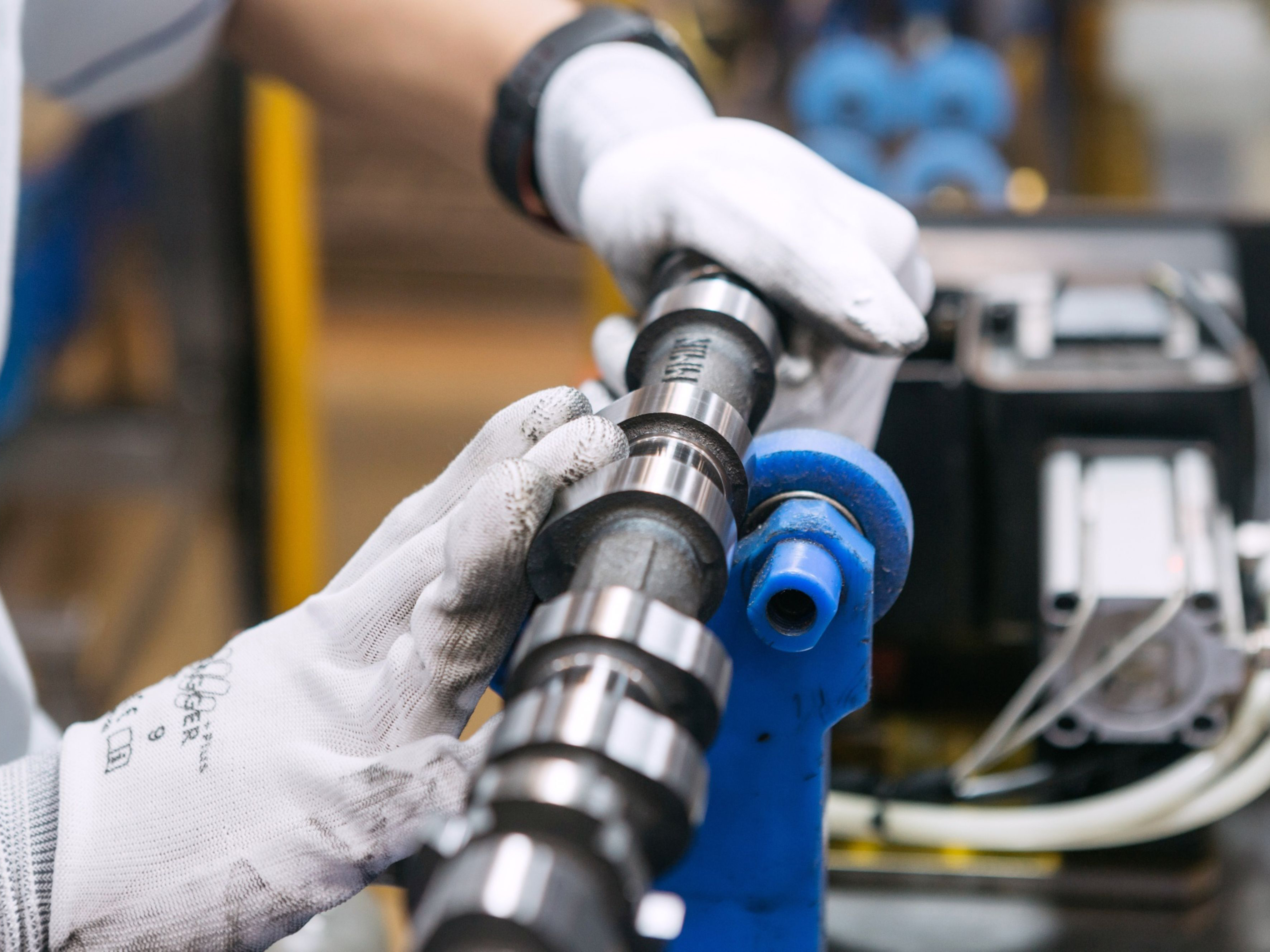
Visit Our Sponsors |
|
|
|
|
|
|
|
|
|
|
|
|
|
|
|
|
|
|
|
|
|
|
|
|
|
|
|
|
|
|
|
|
|
|
|
|
|
|

The world’s factories are powering along, providing vital support for economies as renewed virus restrictions in some countries take a toll on growth.
Indexes of manufacturing activity in the U.S., China and parts of Asia improved in November, and Germany saw solid expansion, according to reports on Tuesday. In South Korea, a bellwether for global trade, exports rose 4%, supported by surging demand for tech devices.
The JPMorgan Global Manufacturing PMI expanded at one of best rates in almost a decade. The composite index produced with IHS Markit increased for a seventh month, climbing 0.7 point to 53.7 as measures of output, new orders and export bookings all increased. The gauge of employment signaled expansion for the first time in a year.
The strength of trade activity in recent months is giving a lifeline to the recovery, though the situation remains fragile as the world awaits developments in the race to get a coronavirus vaccine. That mix of hope and caution is reflected in comments from central bankers, with Federal Reserve Chair Jerome Powell saying Monday that there are still “significant” challenges ahead.
That was echoed in the latest outlook from the OECD, which cut its 2021 growth forecast to 4.2% from 5% and called on governments to keep up fiscal support for businesses and households. It warned that a pattern of outbreaks and lockdowns is likely to continue for some time and the risks of permanent damage are rising.
Even within manufacturing, the main engine of the global economy right now, there are signs of weakness. Closures across the hospitality sector have hit consumer goods production, threatening jobs in multiple industries.
According to IHS Markit’s latest surveys, China’s manufacturing index soared to a decade-high in November. A separate official gauge also improved, momentum that’s starting to filter across neighboring trading partners.
For now, China’s strength is also being felt in Europe, where German manufacturers cited demand from the country in their November report. The factory gauge for Germany slipped slightly, but was still the strongest in Europe. That offset renewed weakness in Spain and France.
“The sustained expansion should help to soften the economic blow of COVID-19 restrictions, which have hit the service sector hard,” said Chris Williamson, chief business economist at IHS Markit.
While the euro area is forecast to shrink this quarter, the 2.2% decline forecast is far smaller than the near 12% slump seen in three months through June.
In the U.S., manufacturing showed its strongest expansion since September 2014, bolstered by stronger output and orders, according to the IHS Markit data. A similar measure from the Institute for Supply Management expanded at a slower pace, easing back from the strongest reading in two years.
The latest manufacturing readings are in line with the Bloomberg Trade Tracker, which over the past two months has shown robust healing from the pandemic, especially among Asian economies. With nearly all of the gauges on the tracker at or above normal range, the dashboard is keeping up the healthiest record in its more than two-year history.
The electronics industry is enjoying particularly strong demand, helping to propel North Asia’s factories. South Korea’s semiconductors shipments surged 16% in November.
RELATED CONTENT
RELATED VIDEOS
Timely, incisive articles delivered directly to your inbox.

